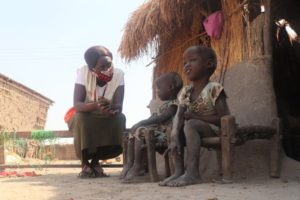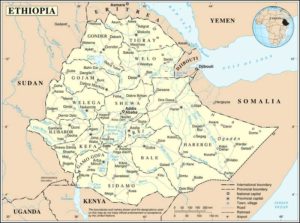

Mustafa HAJI ABDINUR – June 9, 2022
Arbay Mahad Qasim has already lost two children to a vicious drought, and now the Somali villager fears she could lose a third as her malnourished toddler Ifrah awaits treatment in a Mogadishu hospital.
Barely out of her teens, Qasim is among dozens of weary parents crowding Banadir Maternity & Children Hospital, which has become ground zero for the starvation crisis sweeping across Somalia as a record drought grips the Horn of Africa.
Entire villages have been forced to uproot their lives and flee their homes after poor rainfall destroyed crops and killed livestock.
When the rains failed for a fourth consecutive season last month, UN aid agencies and meteorologists warned that a famine was looming in Somalia, Kenya and Ethiopia.
But for many Somalis like Qasim, who has been surviving on government handouts for the past few months, catastrophe has already struck.
Two of her children died of hunger in the last 18 months.
When two-year-old Ifrah’s tiny body began to swell, showing symptoms of severe malnutrition, Qasim wasted no time, spending a day traveling to Mogadishu from her village in the southwest in a desperate bid to save her youngest child’s life.







